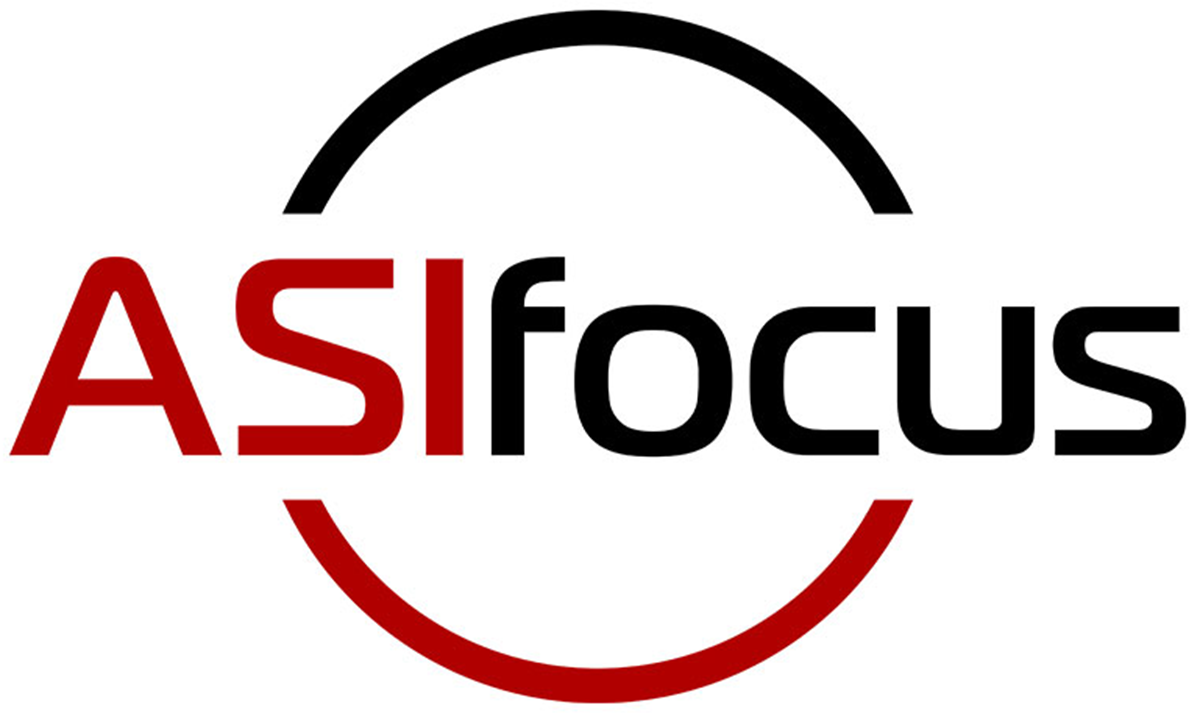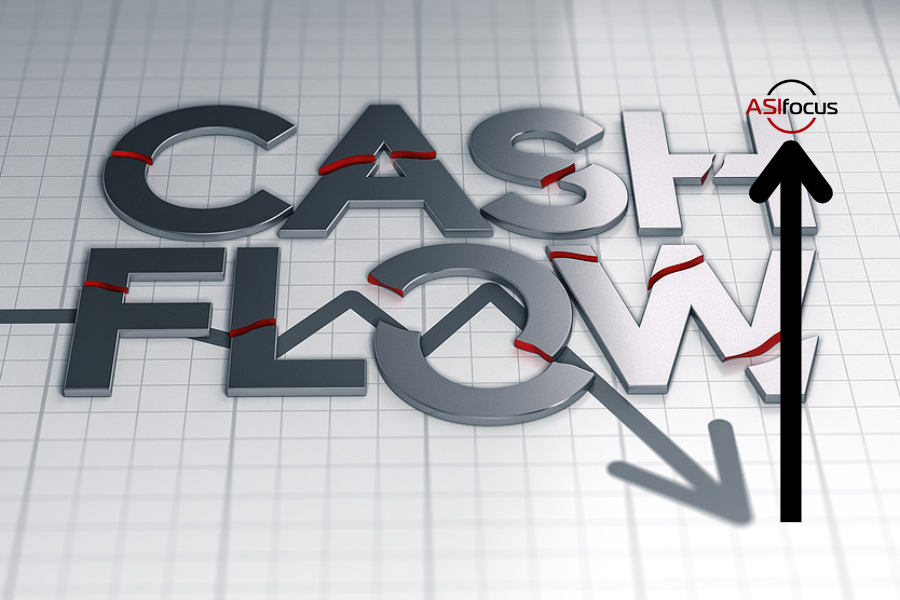So, your business just raised a big funding round. You’re hiring top talent, scaling fast, and chasing new customers like there’s no tomorrow. Everything looks like it’s on track for world domination … until your bank account tells a different story.
Your revenue is climbing, but your cash seems to be vanishing just as quickly. On paper, you’re profitable—but in reality, you’re sweating payroll and considering a bridge loan just to stay afloat.
Yep. You’ve got a negative cash flow problem.
What Is Negative Cash Flow (and Why Is It So Dangerous)?
Negative cash flow happens when you’re spending more money than you’re bringing in over a given period. Sounds simple, right? But the tricky part is that it can sneak up on you—even when your revenue is looking healthy.
It’s like trying to fill a bathtub with the drain open. You might have water pouring in, but if it’s leaving faster than it’s coming in, you’re not going to get very far.
Sometimes, negative cash flow is part of a growth strategy—say, when you’re intentionally investing in scaling up. But if it becomes the norm, not the exception, it’s a red flag for financial instability. And if it’s left unchecked? It can threaten the very survival of your business.
How to Spot Negative Cash Flow Before It’s Too Late
Here are a few red flags that can signal your cash flow is heading in the wrong direction:
- You’re constantly in the red. If your outflows consistently outpace your inflows, you’re operating at a loss—and not just on your income statement, but in real cash terms.
- You rely on short-term borrowing. If you’re regularly tapping into credit lines or loans just to cover day-to-day expenses, that’s not a sustainable model.
- Receivables are dragging, payables are piling up. When customers pay late but vendors demand to be paid on time, you’re stuck in a financial squeeze.
- Your cash reserves are low. A healthy business should have emergency cash on hand. If you don’t, even small surprises can throw things into chaos.
- Your margins are shrinking. High revenue doesn’t always mean high cash flow—especially if you’re not collecting payments quickly.
What Negative Cash Flow Actually Costs You
It’s not just about the numbers—it’s about what those numbers mean for your business. Persistent negative cash flow can:
- Delayed payroll and vendor payments, damaging your relationships and hurting your reputation.
- Limited growth, because you don’t have the liquidity to invest in new opportunities.
- Increased debt, as you rely more on financing to plug cash holes.
- Scared off investors and lenders, who see poor cash flow as a warning sign.
- Forced cost-cutting decisions, which can hurt your product quality, employee morale, and customer satisfaction.
The Bigger Picture: Why Cash Flow Problems Are a Strategic Risk
This isn’t just a bookkeeping issue—it’s a leadership one. Cash flow challenges can paralyze your decision-making and put your entire business strategy at risk.
Risk Management
Negative cash flow puts your liquidity on the line. And when you can’t cover short-term obligations like payroll or loan repayments, things can spiral fast. Emergency loans, late payments, and operational disruptions start to snowball.
Strategic Flexibility
Want to launch a new product? Expand into a new market? Invest in your team? All of that becomes harder—or downright impossible—if you don’t have the cash to back it up. Even a smart move can feel like a risky gamble when your liquidity is tight.
Stakeholder Confidence
Investors, lenders, board members, even your senior leadership team—they’re all watching your financial stability. When cash flow problems start to show, so do the questions. You need a solid plan and transparent communication to maintain their trust.
Smart Strategies to Keep Cash Flow Positive
Here’s the good news: you don’t need to be a finance wizard to get your cash flow under control. You just need the right tools and a few solid strategies.
1. Forecast Like a Pro
Use smart forecasting tools to predict inflows and outflows accurately. Tools like Sage offer real-time visibility and AI-driven analytics so you can spot shortfalls before they become crises. Don’t just plan for the best-case scenario—plan for reality.
2. Speed Up Collections
- Automate your invoicing to cut down on delays.
- Offer early payment discounts.
- Use digital payment platforms to make it easier (and faster) for customers to pay. The faster you get paid, the smoother your cash flow.
3. Get Smarter About Spending
- Automate your accounts payable to ensure you’re paying on time—but not too early.
- Negotiate longer payment terms with suppliers.
- Regularly review expenses and cut anything non-essential. You don’t want to sacrifice growth—but you do want to spend wisely.
4. Diversify Your Revenue
- Add subscription or retainer models for predictable income.
- Explore new markets or customer segments to reduce risk.
- Offer digital products or services that don’t require heavy overhead. A steady, reliable stream of income is your best defense against cash flow surprises.
ASI and Sage Can Assist!
Negative cash flow can sneak up on you—and it’s one of the biggest threats to a growing business. But with a proactive mindset and the right tools, you can turn things around.
Lean into forecasting, automate where you can, and stay laser-focused on what’s coming in versus what’s going out. With platforms like Sage, you’ll be better equipped to spot trouble early—and fix it fast.
Want help building a cash flow strategy that actually works? We’ve got resources and tools that can make it easier—just ask! Feel free to contact us or schedule your free consultation.

